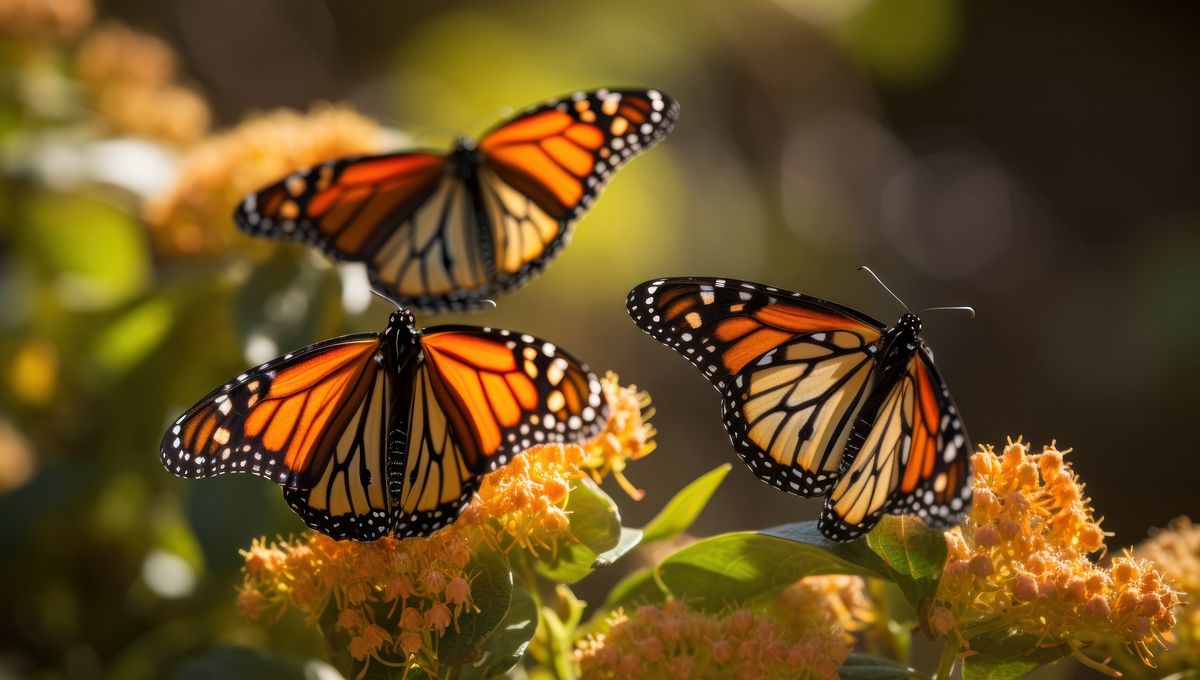
Monarch butterflies are one of the most iconic insects in North America – but they might also be at risk of disappearing. Now, the US Fish and Wildlife Service (USFWS) is proposing that they be added to the Endangered Species Act in order to help them stick around.
Split into two populations, monarch butterflies are migratory; the eastern group flocks to central Mexico for the winter, while the western group spends it on the California coast. It’s one of the most epic animal migrations on the planet.
However, while one recent study found the numbers of both groups of long-distance migrators to be stable during the summer, some concerns remain over declines in populations over winter.
According to the USFWS, the number of overwintering eastern migratory monarchs has declined by around 80 percent since the 1990s, while the western monarch population has dropped by more than 95 percent since the 1980s.
As a result, the agency has estimated that there’s a pretty high chance of both populations going extinct by 2080 – a 56 to 74 percent chance for the eastern group and a greater than 99 percent chance for the western group.
That is, if nothing changes; should monarch butterflies be listed under the Endangered Species Act as threatened, they’ll be entitled to species-specific protections that could help to buffer threats from habitat loss, insecticide exposure, and climate change.
While some conservation efforts already exist to help tackle these problems, it’s hoped that listing the butterflies will provide the means to bolster them.
But before the USFWS moves forward with its proposal, which also suggests designating parts of coastal California as “critical habitat”, it wants to know what the public thinks, given the key part people across society can play in conservation.
“Everyone can play a role in saving the monarch butterfly,” said the agency in a statement announcing the proposal. “Because of the species’ general habitat use and wide distribution, all sectors of society have an opportunity to participate in a broad range of conservation efforts throughout the butterfly’s range.”
After the proposal is published in the Federal Register on December 12, anyone will be able to submit a comment on it for the following 90 days. There’ll also be public information sessions, followed by hearings, in order for people to find out more.
In the meantime, there are still plenty of ways that the public can help our fluttery friends out, whether that’s by planting native milkweed – the only thing monarch butterflies lay their eggs on – and other native nectar plant species.
As Collin O’Mara, president and CEO of the National Wildlife Federation, said in response to the proposal, “By working collaboratively, we will recover and safeguard this iconic species for future generations.”
Source Link: Monarch Butterflies Could Become Threatened Species In US Amid New Federal Proposal